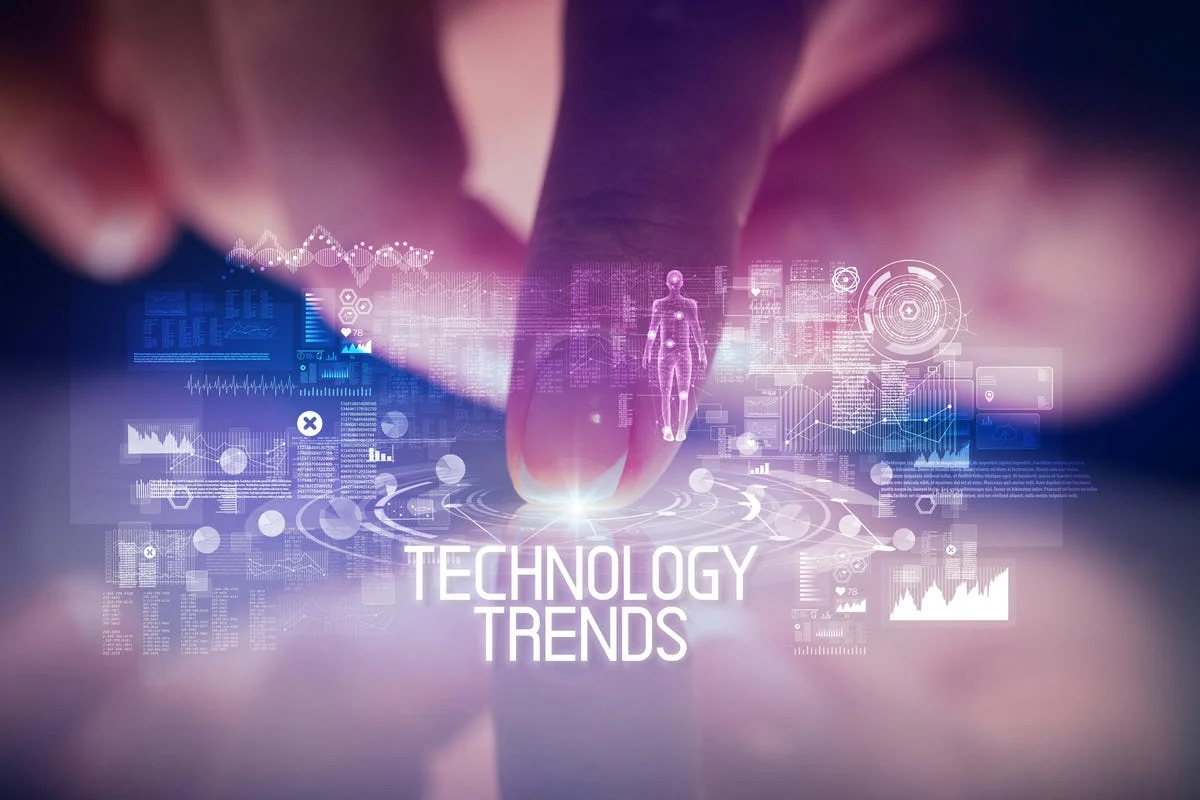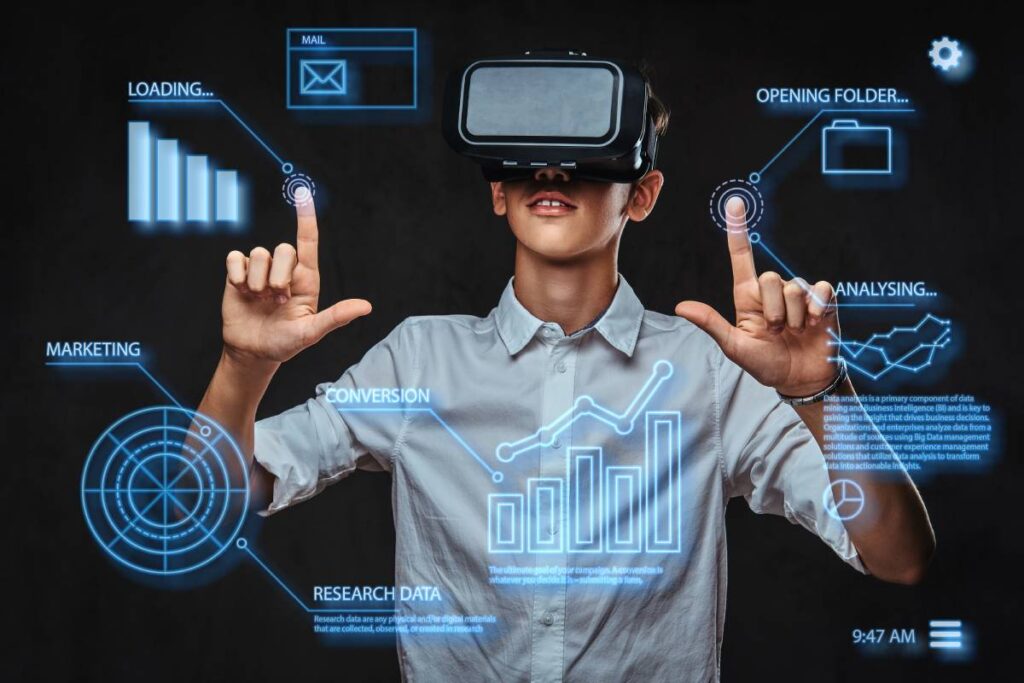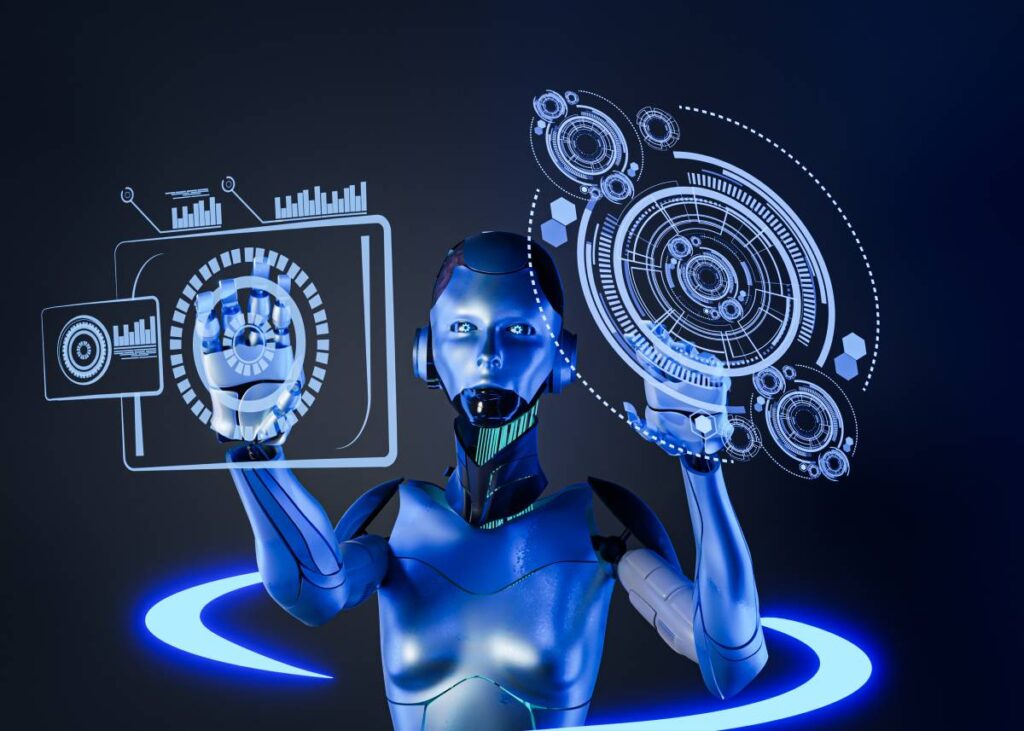Technology trends are constantly evolving and shaping the way we live and work. From artificial intelligence to blockchain, these trends are influencing industries and economies around the world. Companies are increasingly investing in technologies such as virtual reality and Internet of Things to stay competitive in the market. As these trends continue to develop, they have the potential to revolutionize the way we interact with the world and each other.
One of the most pressing questions surrounding technology trends is their impact on job markets. With the rise of automation and machine learning, many are concerned about the potential loss of jobs. However, others believe that these technologies will create new job opportunities and reshape the workforce. Additionally, the ethical implications of certain technology trends, such as data privacy and cybersecurity, are also a topic of great interest. As technology continues to advance, it is important to consider the potential consequences and take proactive measures to address them.
1. Artificial Intelligence and Machine Learning
Artificial Intelligence (AI) and Machine Learning (ML) have been at the forefront of technology trends in recent years. AI refers to the development of computer systems that can perform tasks that typically require human intelligence, such as visual perception, speech recognition, decision-making, and language translation. ML, on the other hand, is a subset of AI that focuses on the development of algorithms and statistical models that enable computers to improve their performance on a specific task through experience.
Businesses across various industries are increasingly leveraging AI and ML to automate processes, gain insights from data, enhance customer experiences, and improve operational efficiency. From chatbots and virtual assistants to predictive analytics and recommendation systems, the applications of AI and ML are diverse and continue to evolve rapidly.
2. Internet of Things (IoT)
The Internet of Things (IoT) refers to the network of interconnected devices, vehicles, home appliances, and other physical objects that are embedded with sensors, software, and connectivity to enable them to collect and exchange data. This technology trend has the potential to revolutionize various aspects of daily life, including smart homes, healthcare, transportation, and industrial automation.
IoT enables the seamless integration of the physical and digital worlds, allowing for the creation of smart environments where devices can communicate, collaborate, and make autonomous decisions. As IoT adoption continues to grow, it is expected to drive significant advancements in areas such as predictive maintenance, asset tracking, energy management, and remote monitoring.
3. 5G Technology
5G technology represents the next generation of mobile networks, offering significantly faster data speeds, lower latency, and greater capacity than its predecessors. This technology trend has the potential to unleash a new wave of innovation and opportunities across various industries, including telecommunications, healthcare, automotive, and entertainment.
With 5G, the proliferation of connected devices and the adoption of emerging technologies such as augmented reality (AR), virtual reality (VR), and autonomous vehicles are expected to accelerate. The enhanced connectivity and bandwidth provided by 5G will enable real-time data transfer and enable the development of new applications and services that were previously not feasible with older network technologies.
4. Cybersecurity and Data Privacy
As technology becomes more pervasive and interconnected, the importance of cybersecurity and data privacy continues to grow. With the increasing volume and complexity of cyber threats, organizations are investing in robust cybersecurity measures to protect their systems, networks, and data from unauthorized access, breaches, and malicious attacks.
Data privacy regulations, such as the General Data Protection Regulation (GDPR) and the California Consumer Privacy Act (CCPA), have also placed greater emphasis on the responsible collection, use, and protection of personal data. As a result, businesses are prioritizing compliance with these regulations and implementing measures to ensure the privacy and security of customer information.
5. Augmented Reality (AR) and Virtual Reality (VR)
Augmented Reality (AR) and Virtual Reality (VR) are immersive technologies that have the potential to transform the way we interact with digital content and the physical world. AR overlays digital information onto the real environment, while VR creates a completely immersive, computer-generated environment.
These technologies are being used in various industries, including gaming, education, healthcare, and retail, to create engaging and interactive experiences. From AR-enhanced navigation and training simulations to VR-based therapy and virtual shopping, the applications of AR and VR are diverse and continually expanding.
6. Quantum Computing
Quantum computing is a revolutionary technology that leverages the principles of quantum mechanics to process and store information in quantum bits, or qubits, which can exist in multiple states simultaneously. This enables quantum computers to solve complex problems and perform calculations at speeds that are currently unattainable with classical computers.
While quantum computing is still in its early stages, it has the potential to revolutionize fields such as cryptography, drug discovery, material science, and optimization. As research and development in quantum computing continue to advance, it is expected to unlock new capabilities and drive innovation across various domains.
7. Edge Computing
Edge computing involves processing and analyzing data closer to the source of generation, such as sensors, IoT devices, and mobile phones, rather than relying on centralized cloud infrastructure. This technology trend is driven by the need for real-time data processing, reduced latency, and the ability to operate in disconnected or bandwidth-constrained environments.
Edge computing enables the efficient use of resources and bandwidth by processing data locally and transmitting only relevant information to the cloud. This approach is particularly valuable in applications such as autonomous vehicles, remote monitoring, and industrial automation, where real-time decision-making is critical.
8. Sustainable Technology
Sustainable technology encompasses the development and adoption of environmentally friendly solutions that minimize the impact on the planet and promote sustainable practices. This includes the use of renewable energy sources, energy-efficient technologies, waste reduction, and responsible manufacturing processes.
As the global focus on environmental sustainability continues to grow, businesses are increasingly integrating sustainable practices into their operations and product offerings. From green energy initiatives and eco-friendly products to circular economy models and carbon footprint reduction, sustainable technology is shaping the future of business and innovation.
| Trend | Description |
|---|---|
| Artificial Intelligence (AI) | AI is the simulation of human intelligence processes by machines, especially computer systems. It is being used in various industries such as healthcare, finance, and transportation. |
| Internet of Things (IoT) | IoT refers to the interconnection of everyday objects to the internet, allowing them to send and receive data. It is revolutionizing industries like smart homes, agriculture, and manufacturing. |
| Blockchain | Blockchain is a decentralized, distributed ledger technology that underpins cryptocurrencies like Bitcoin. It is also being used for secure and transparent data management in industries such as banking and supply chain. |
| 5G Technology | 5G is the fifth generation of mobile network technology, offering higher speeds and more reliable connections. It is expected to enable advancements in areas like autonomous vehicles and augmented reality. |
Technology trends such as Artificial Intelligence, Internet of Things, Blockchain, and 5G are shaping the future of various industries, revolutionizing the way businesses operate and people interact with technology.



